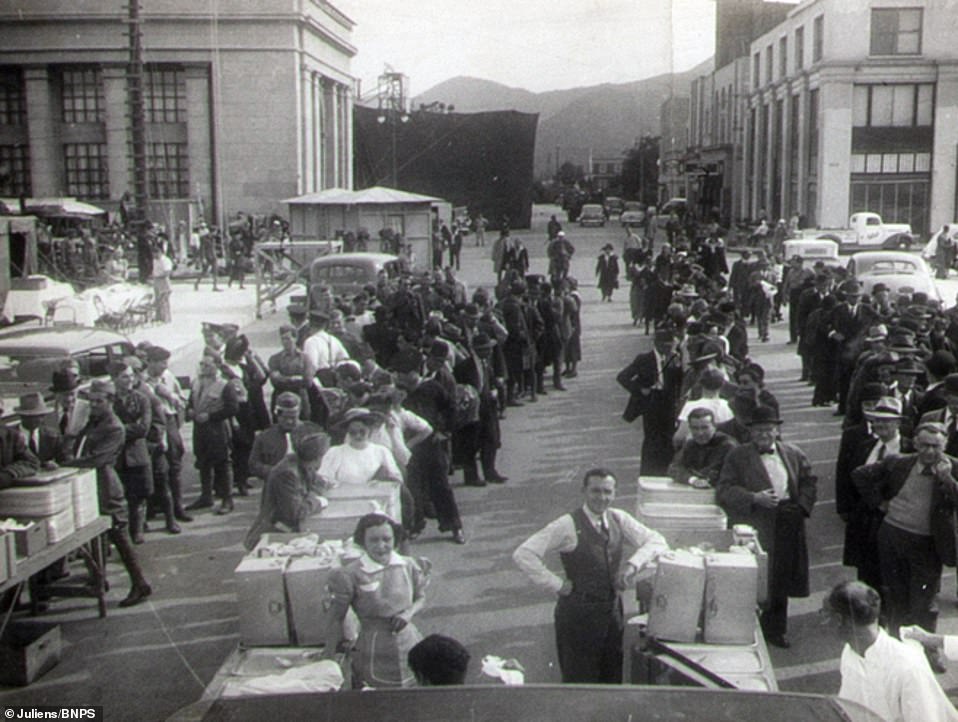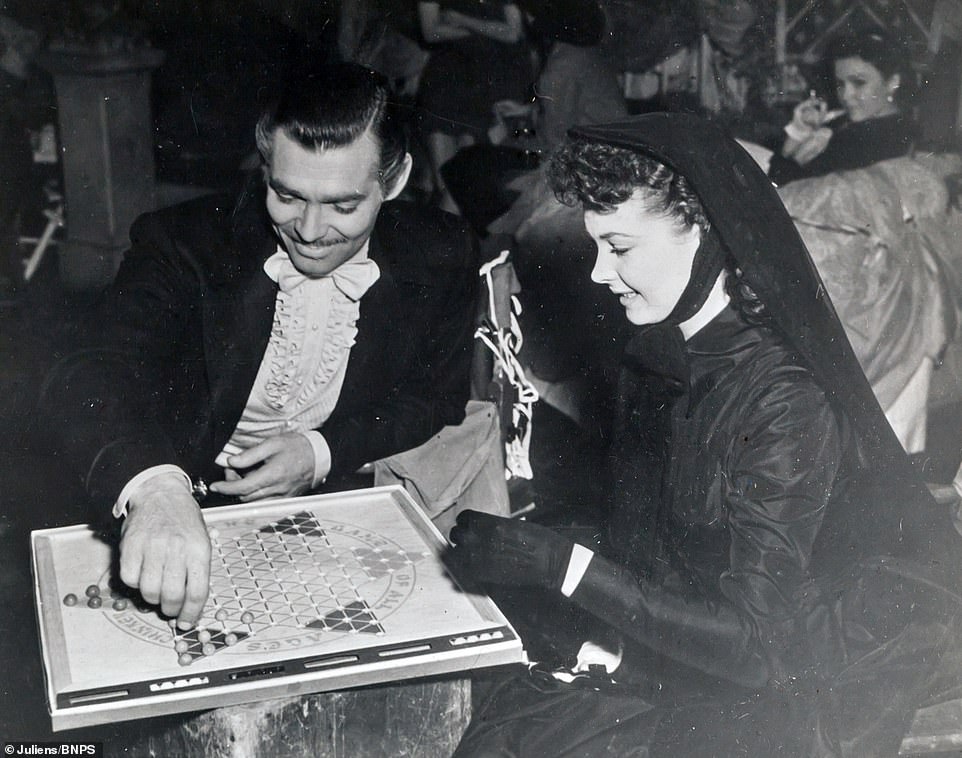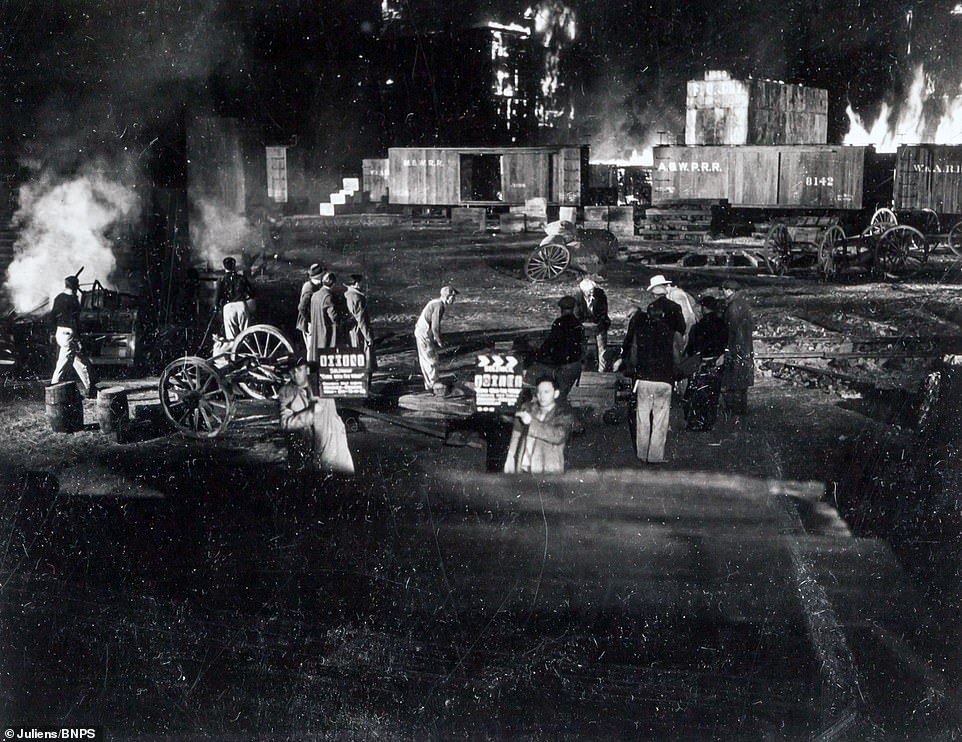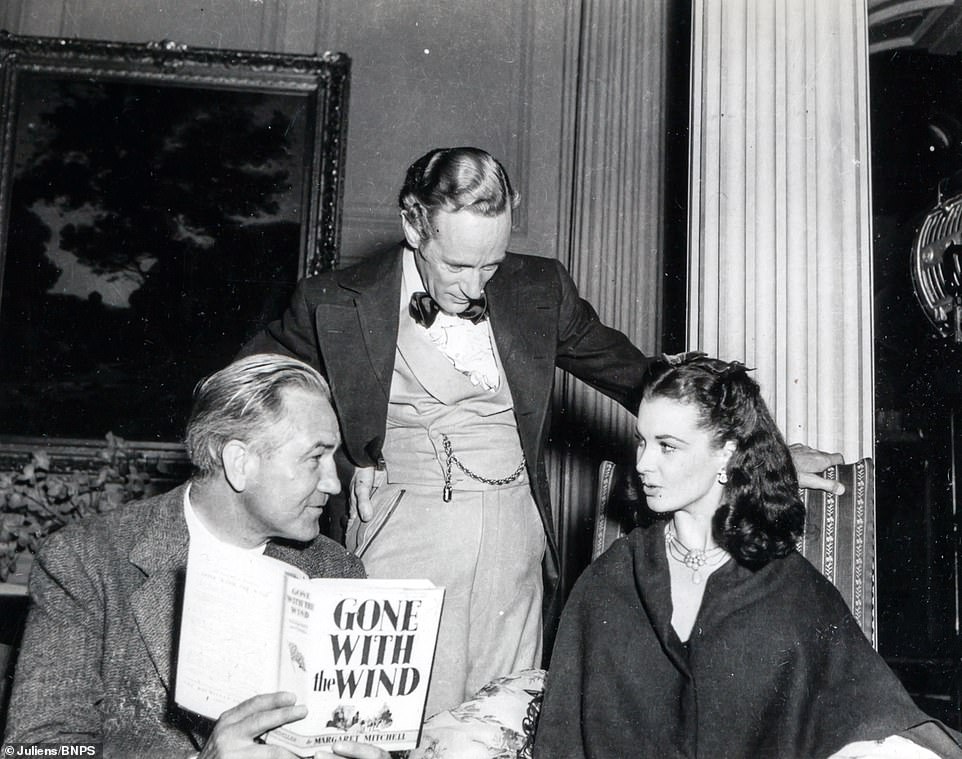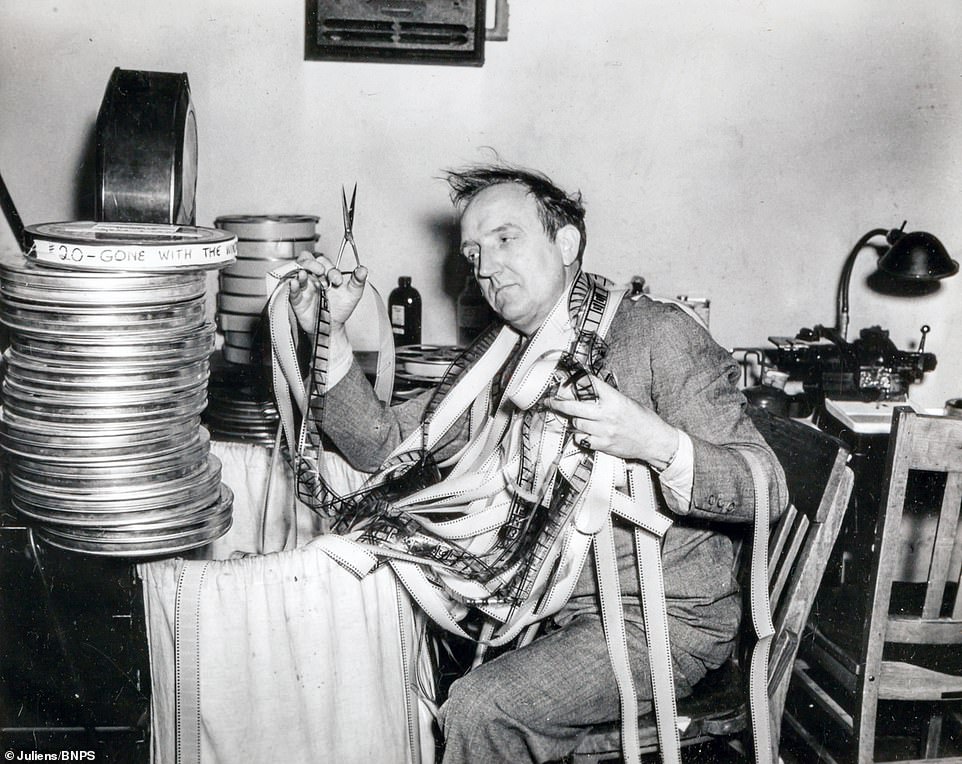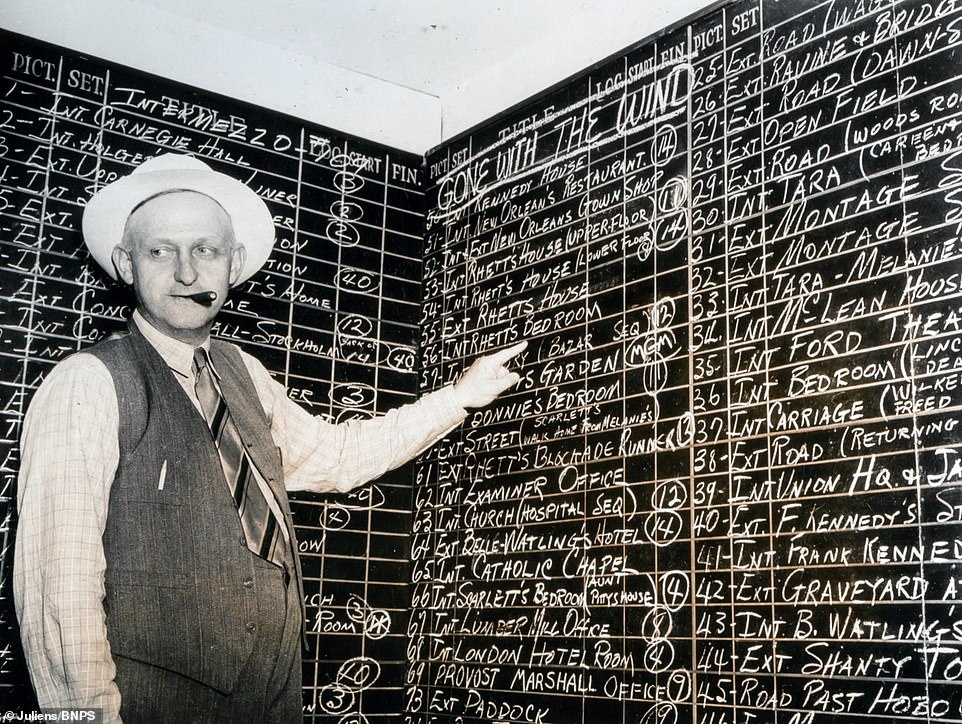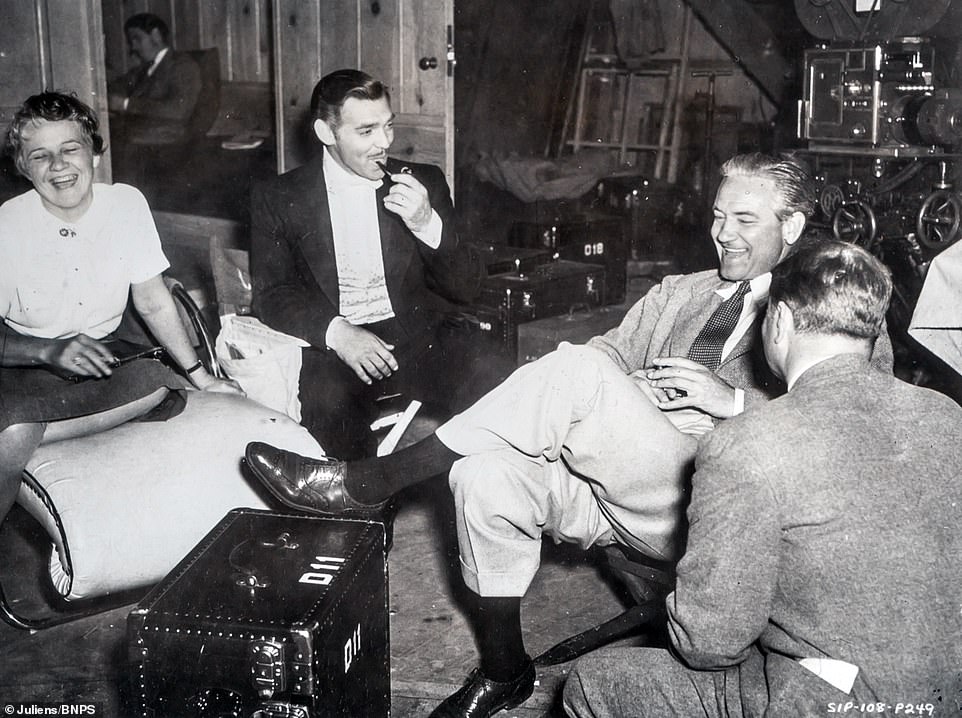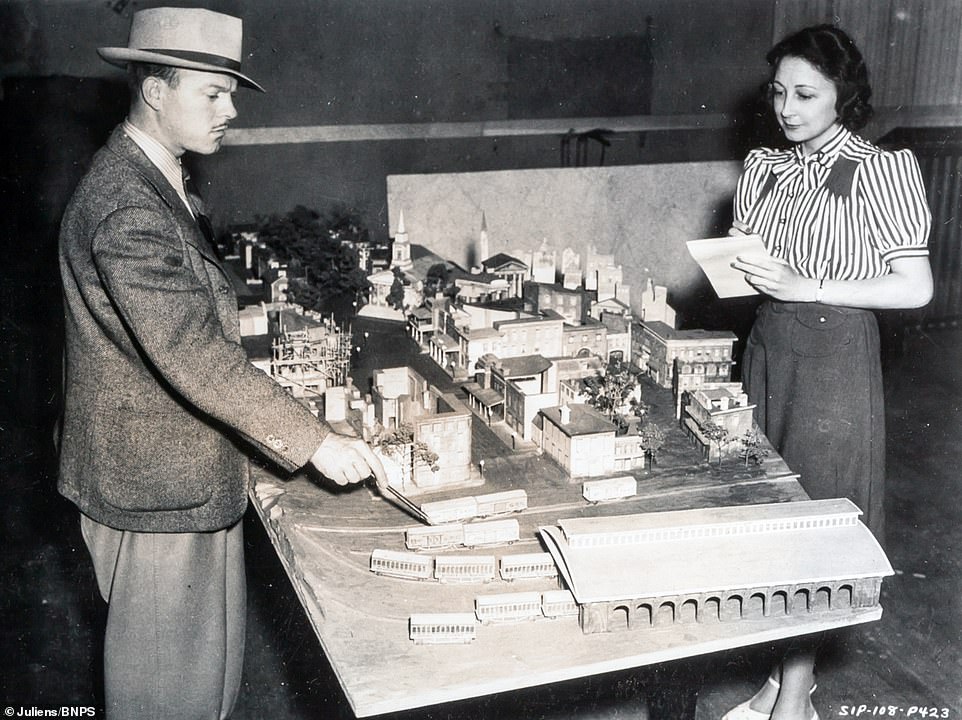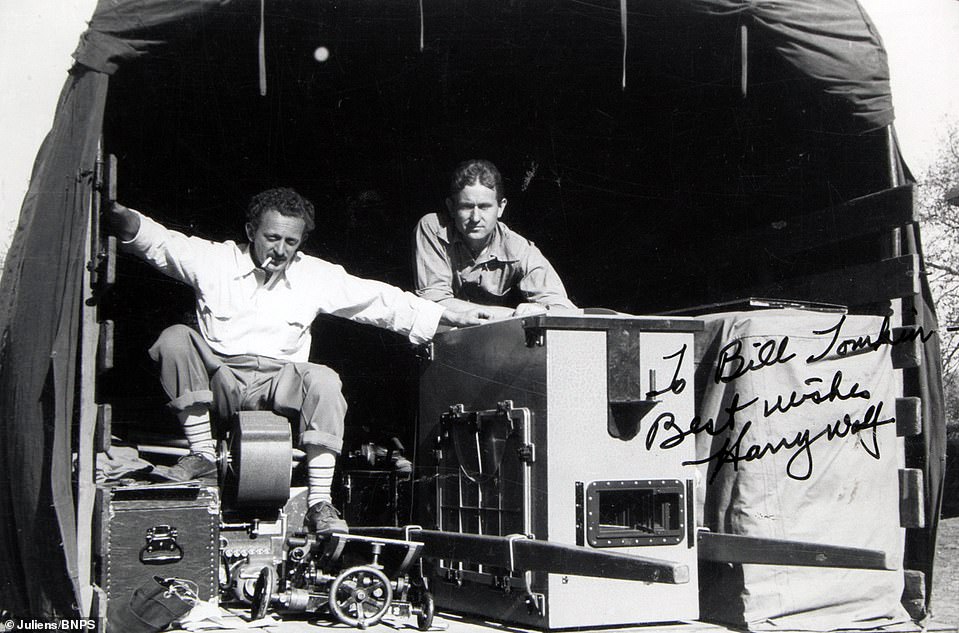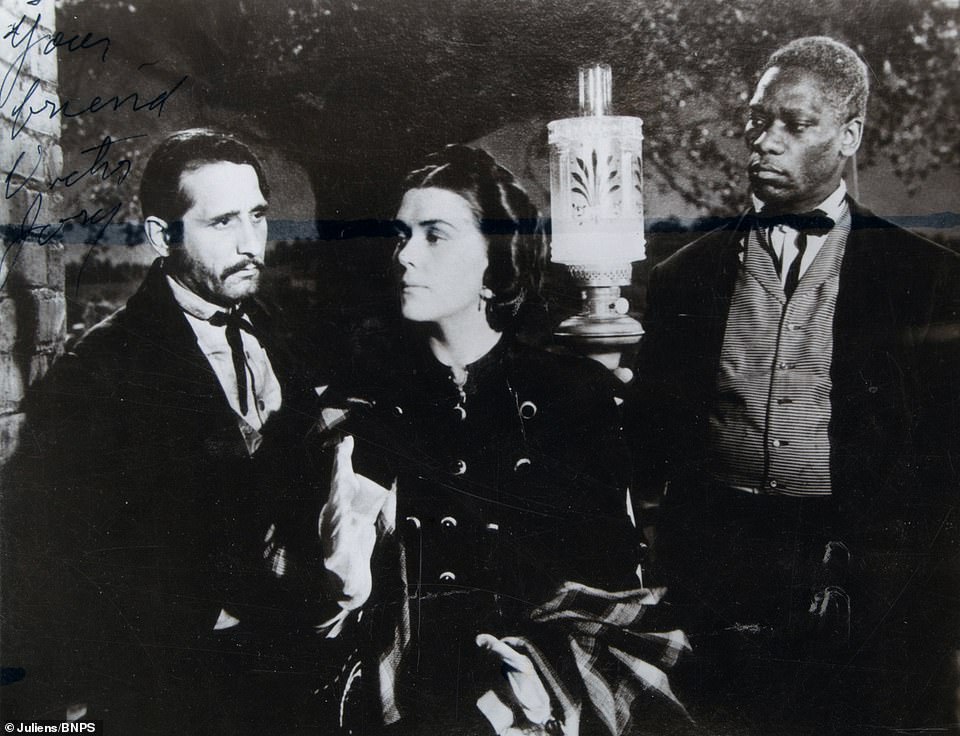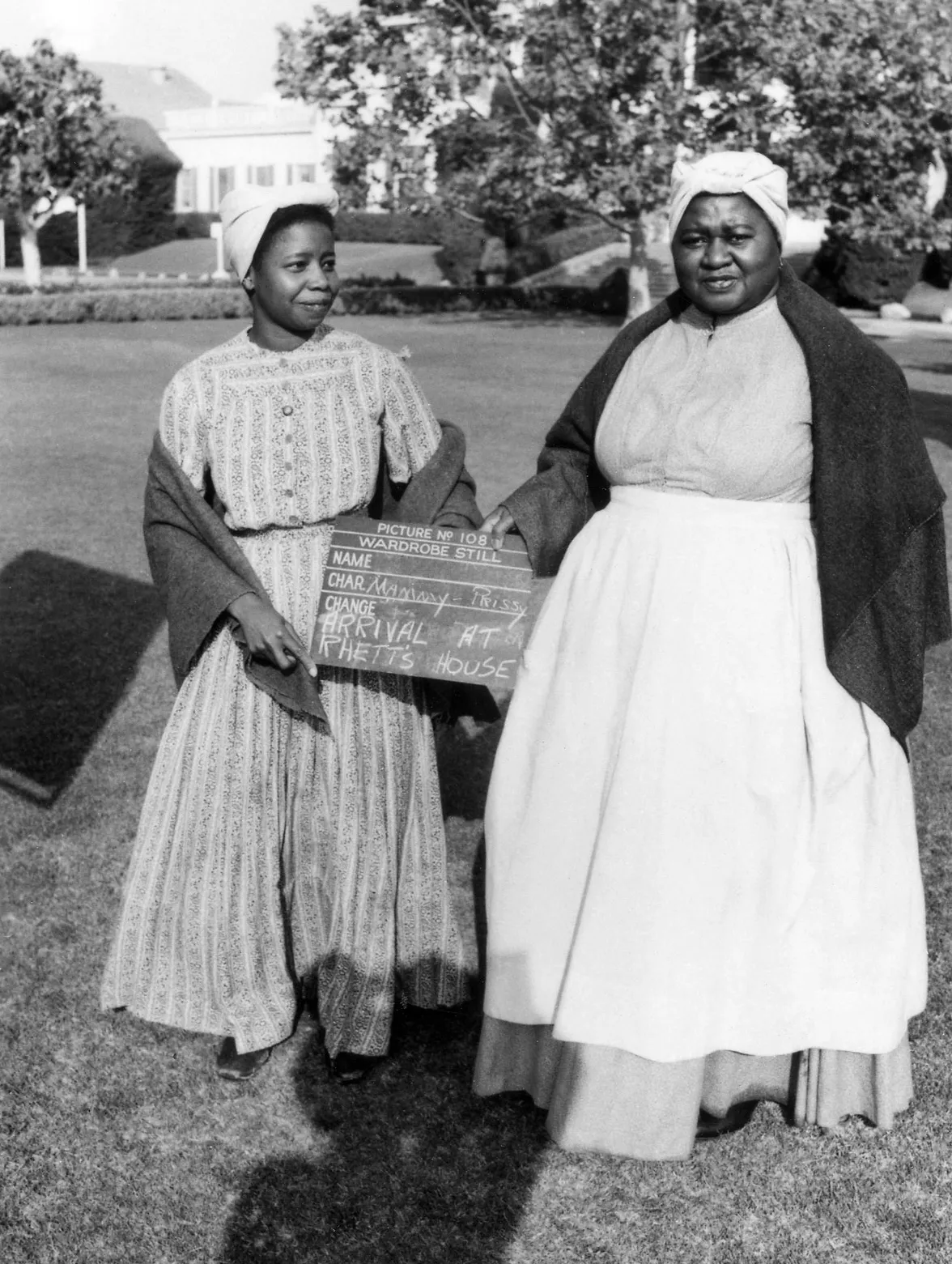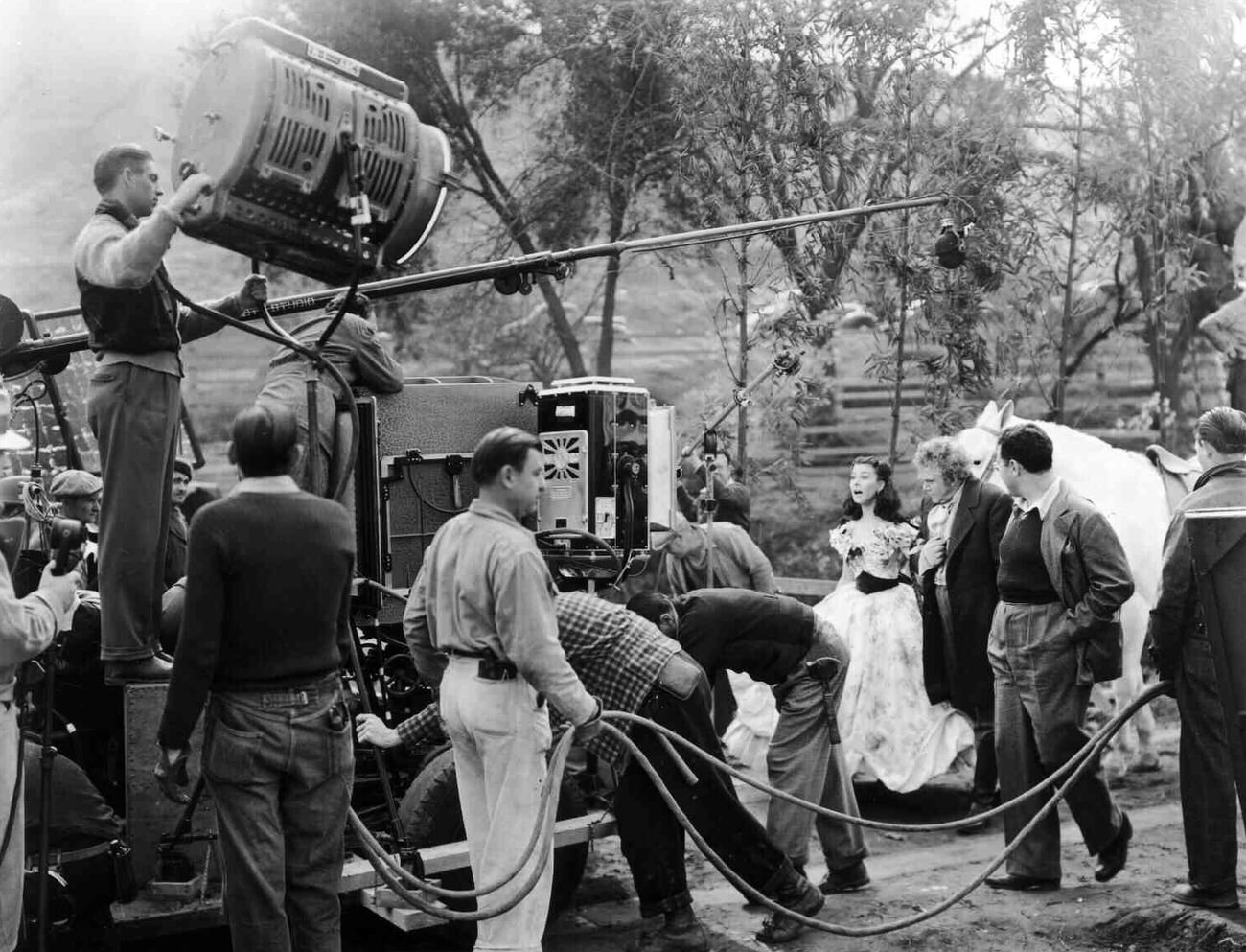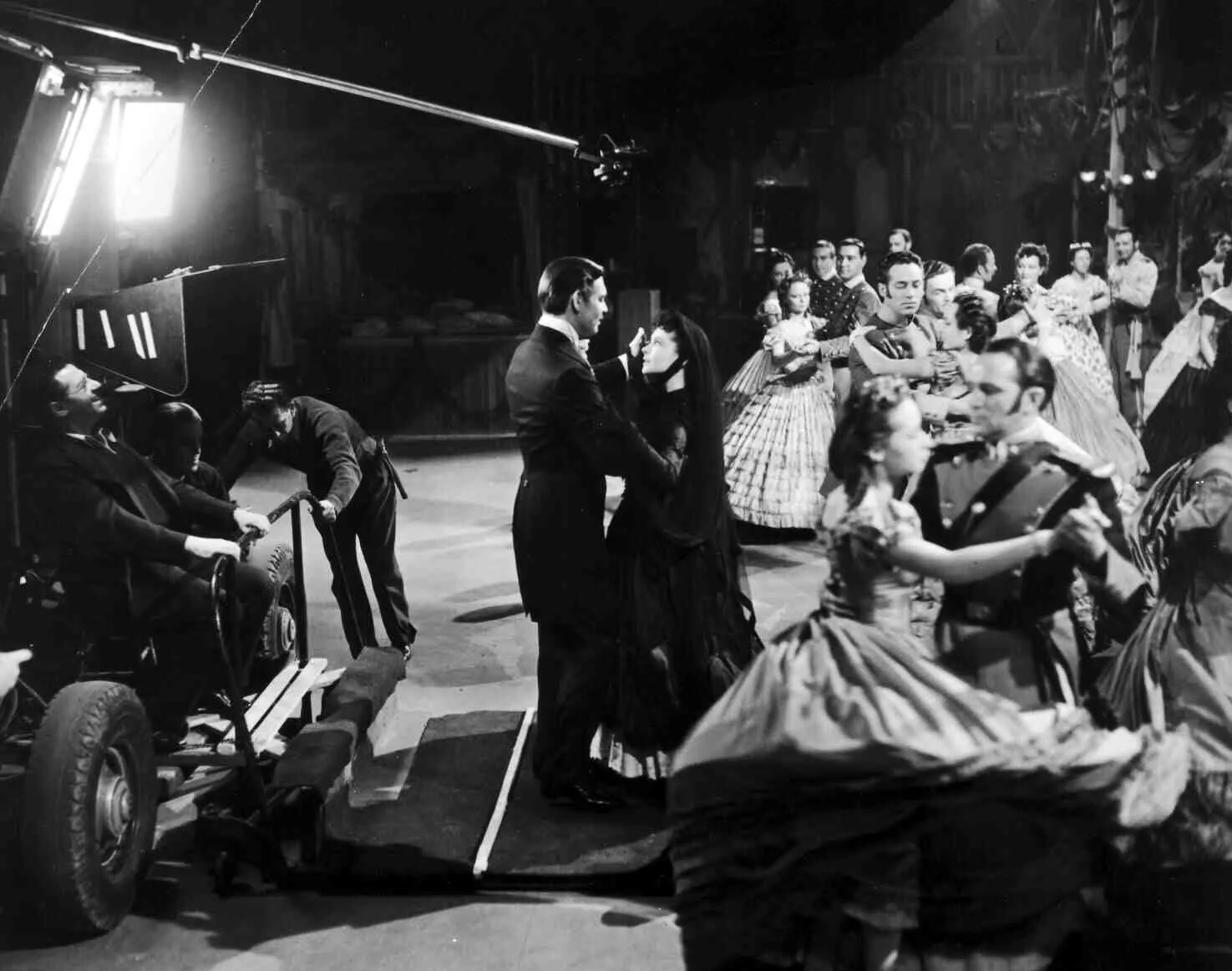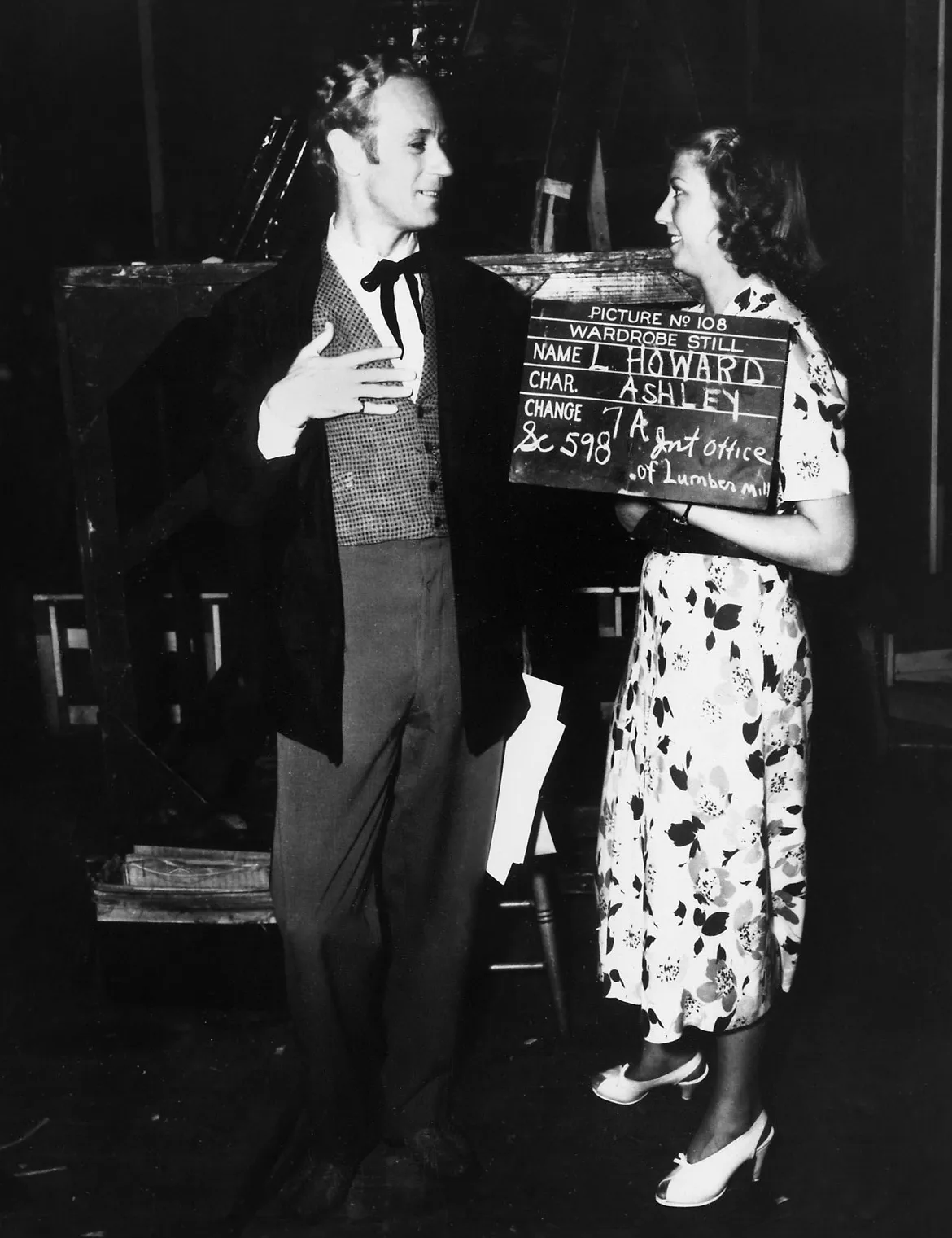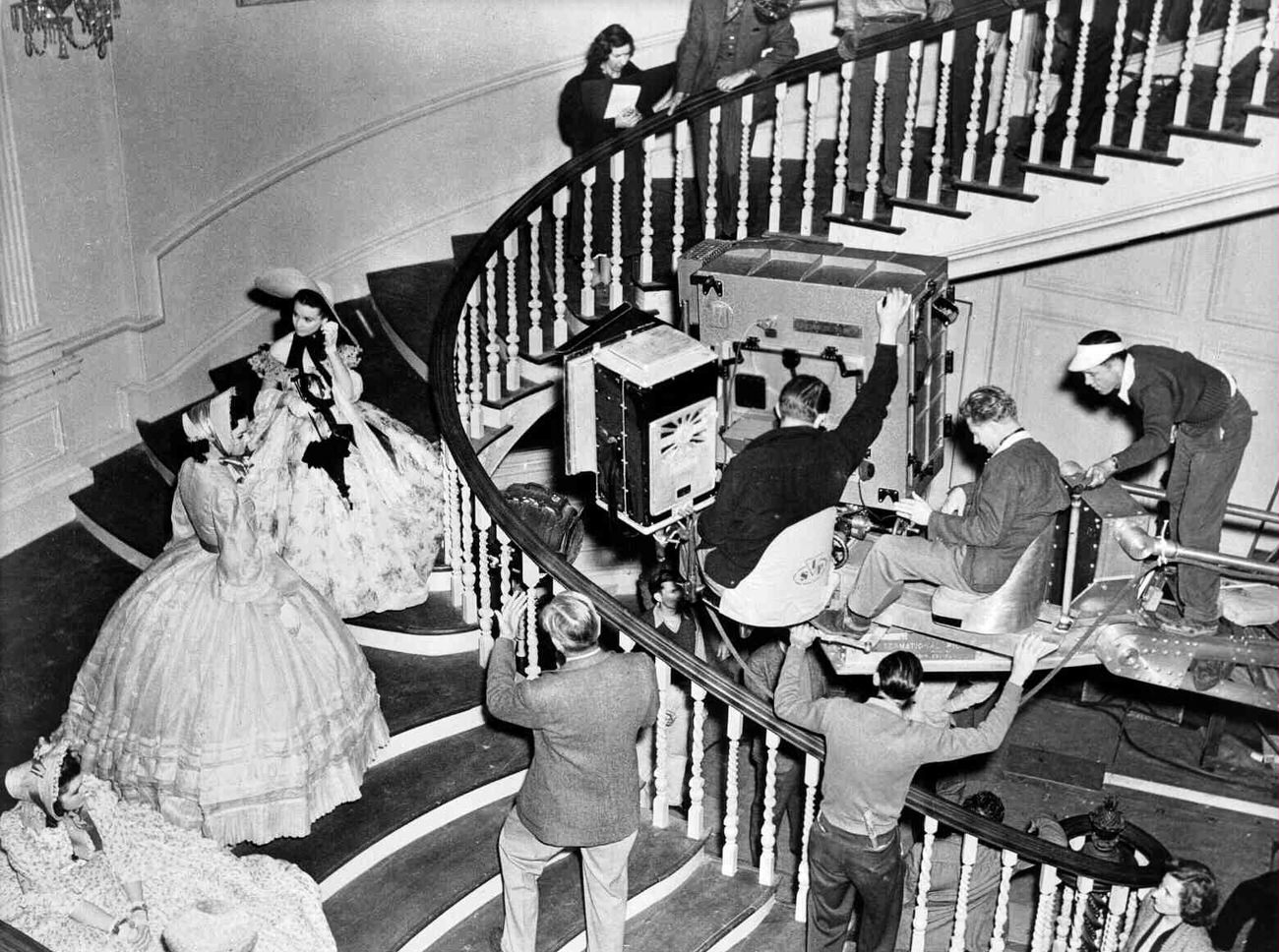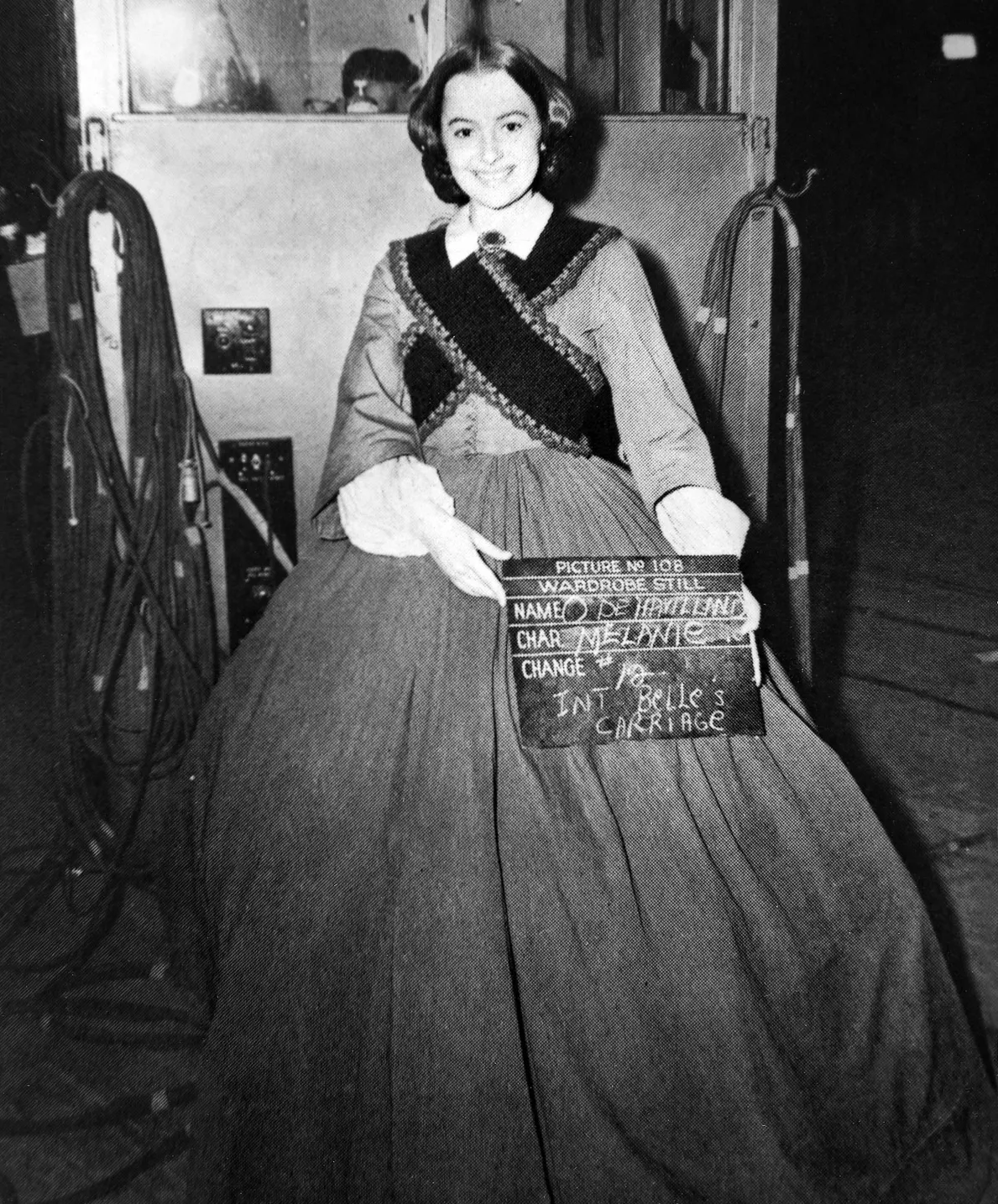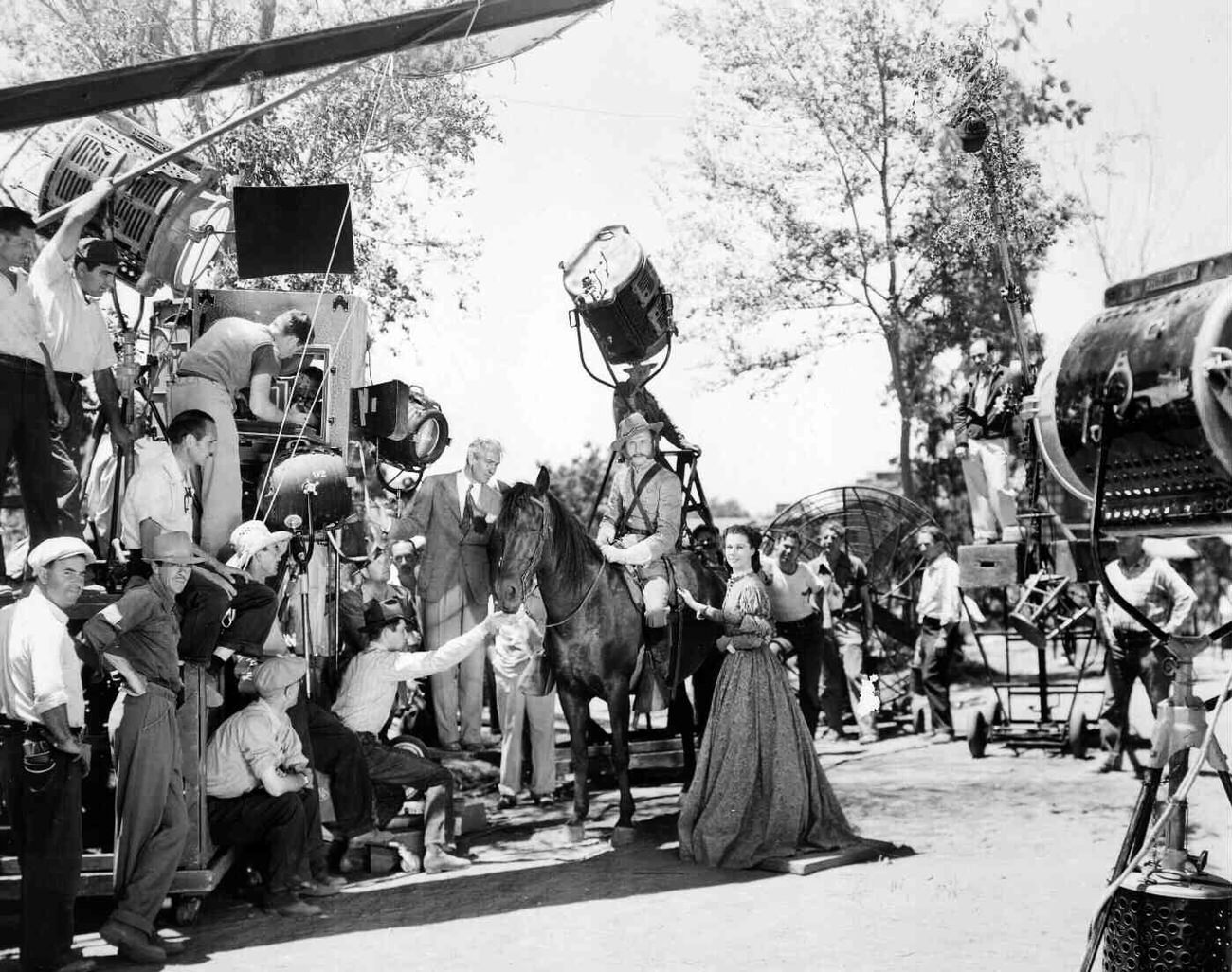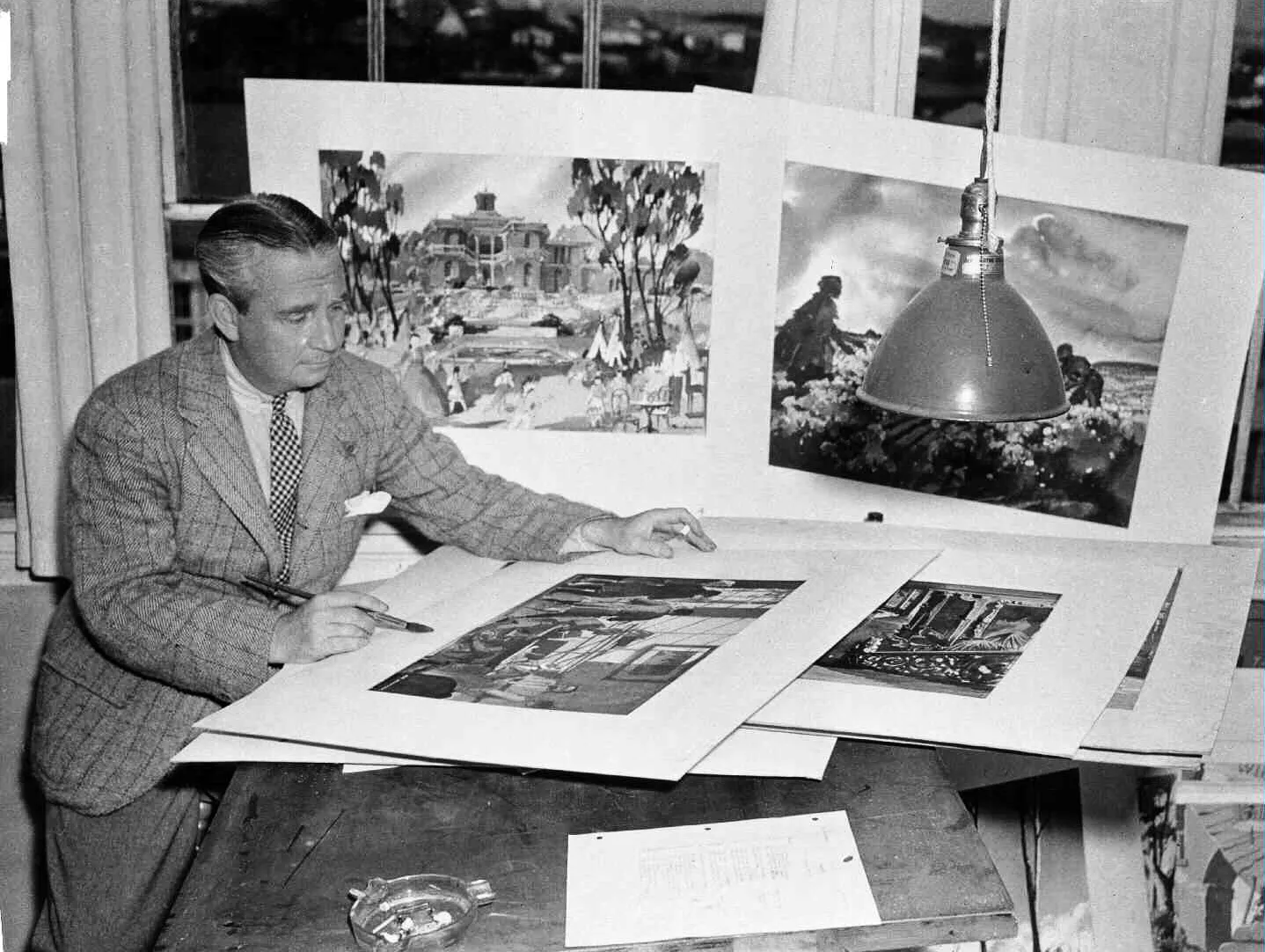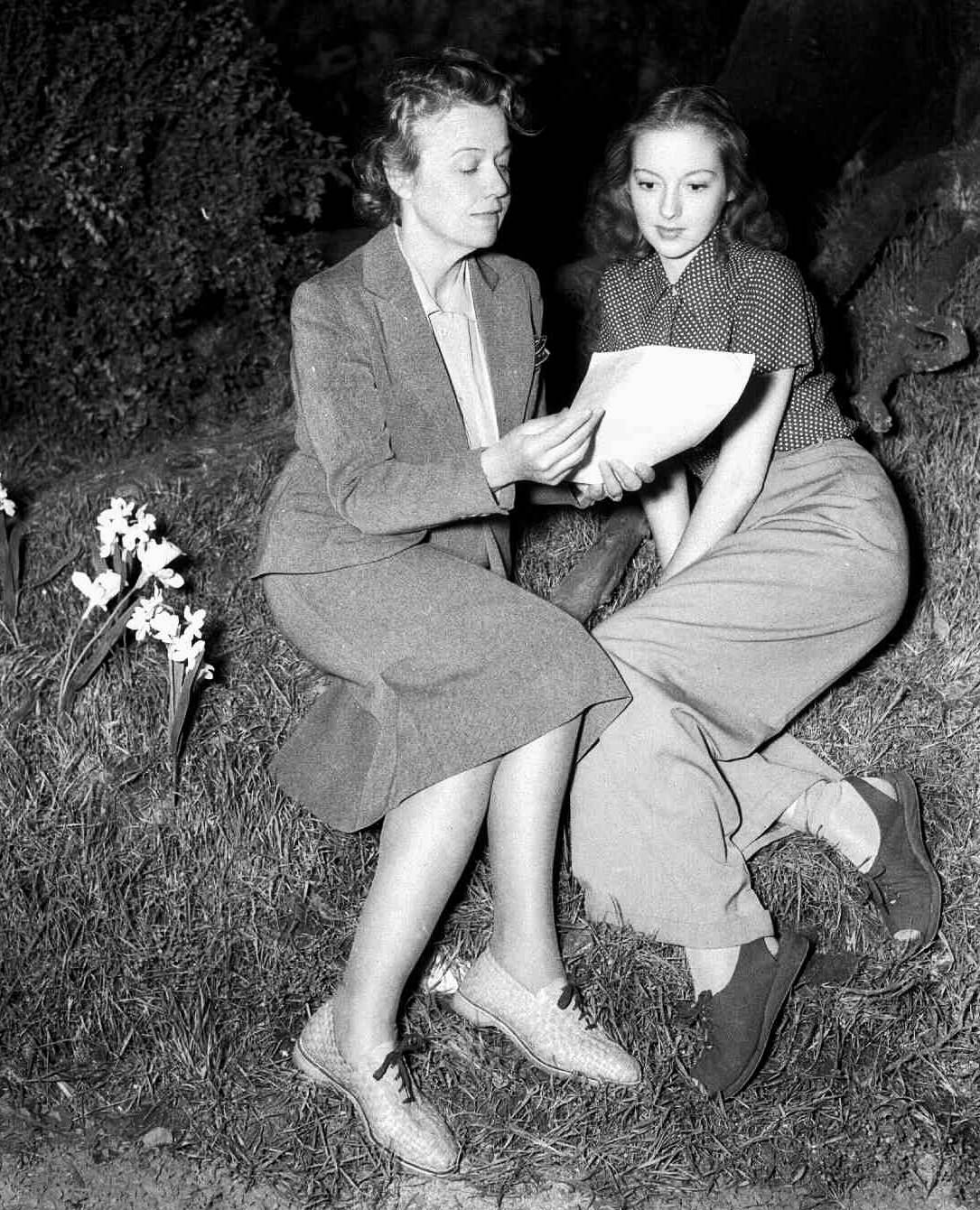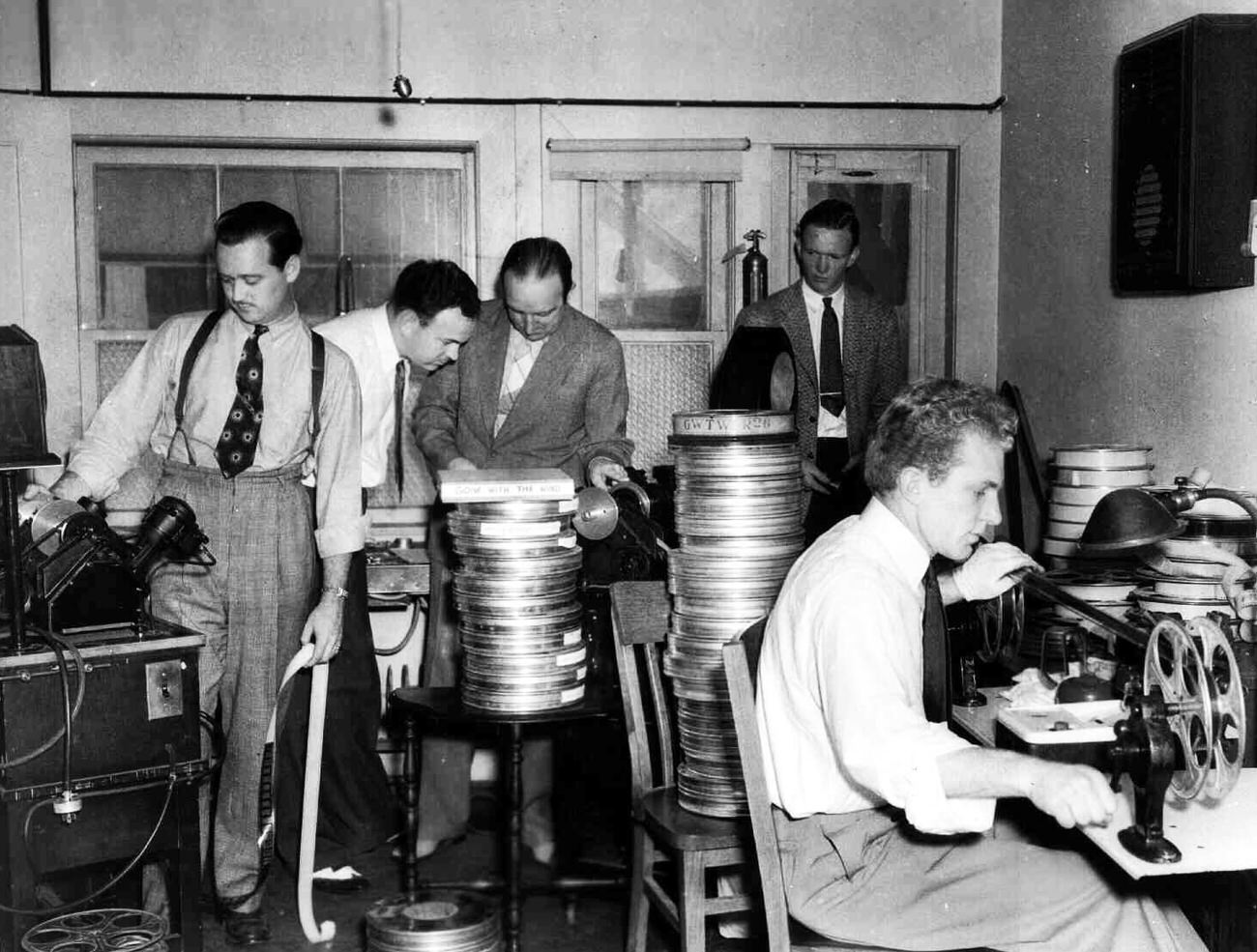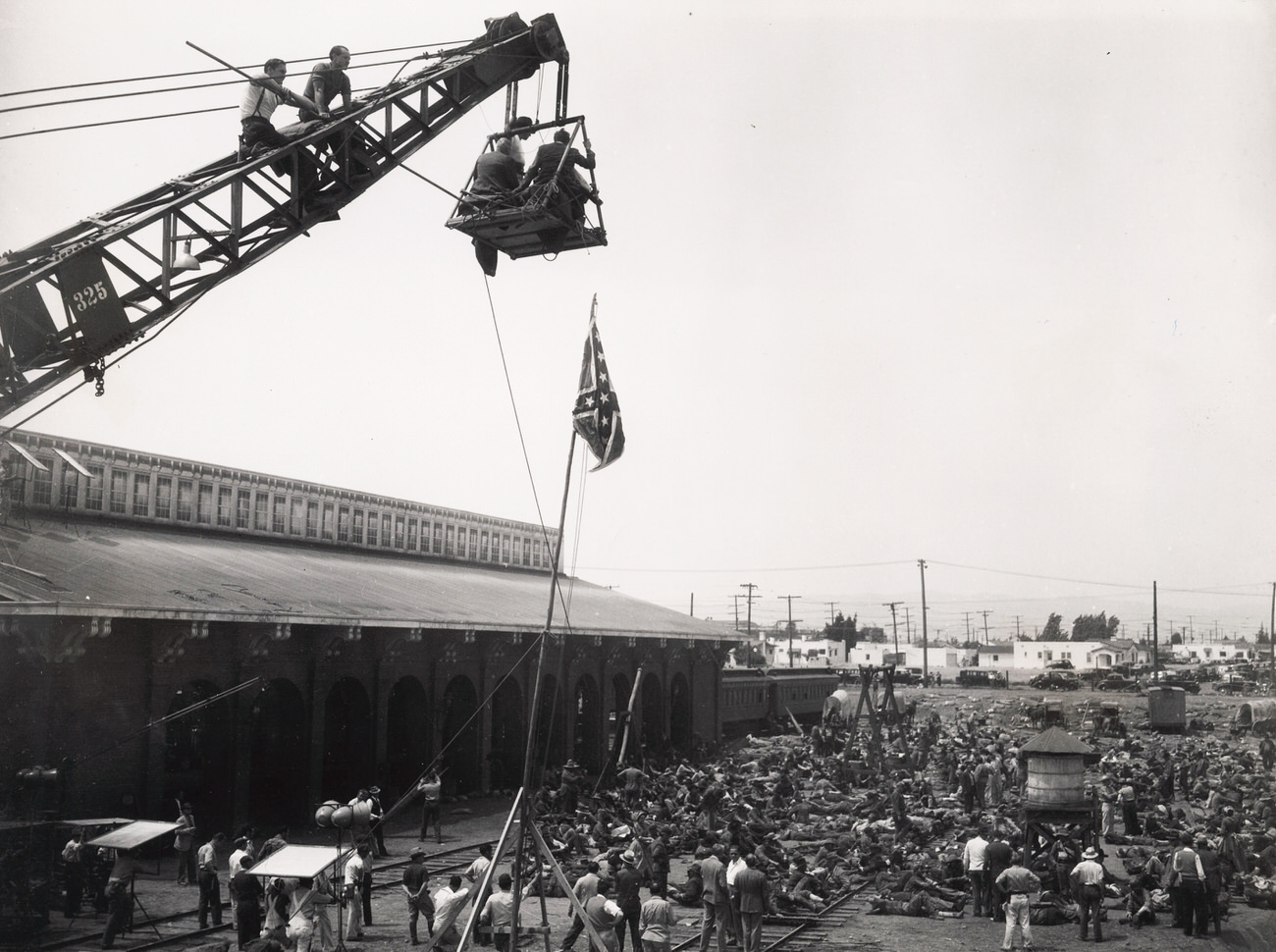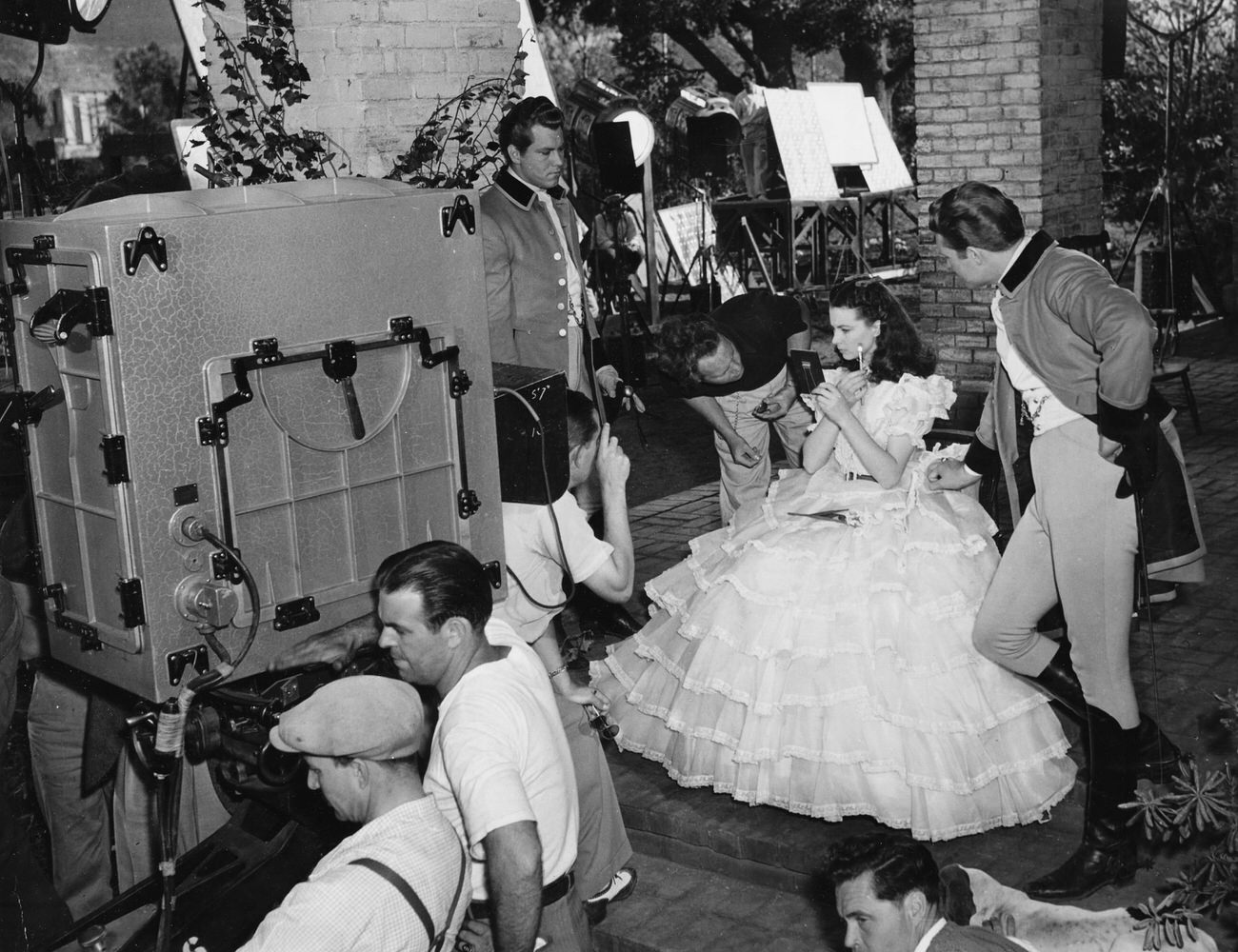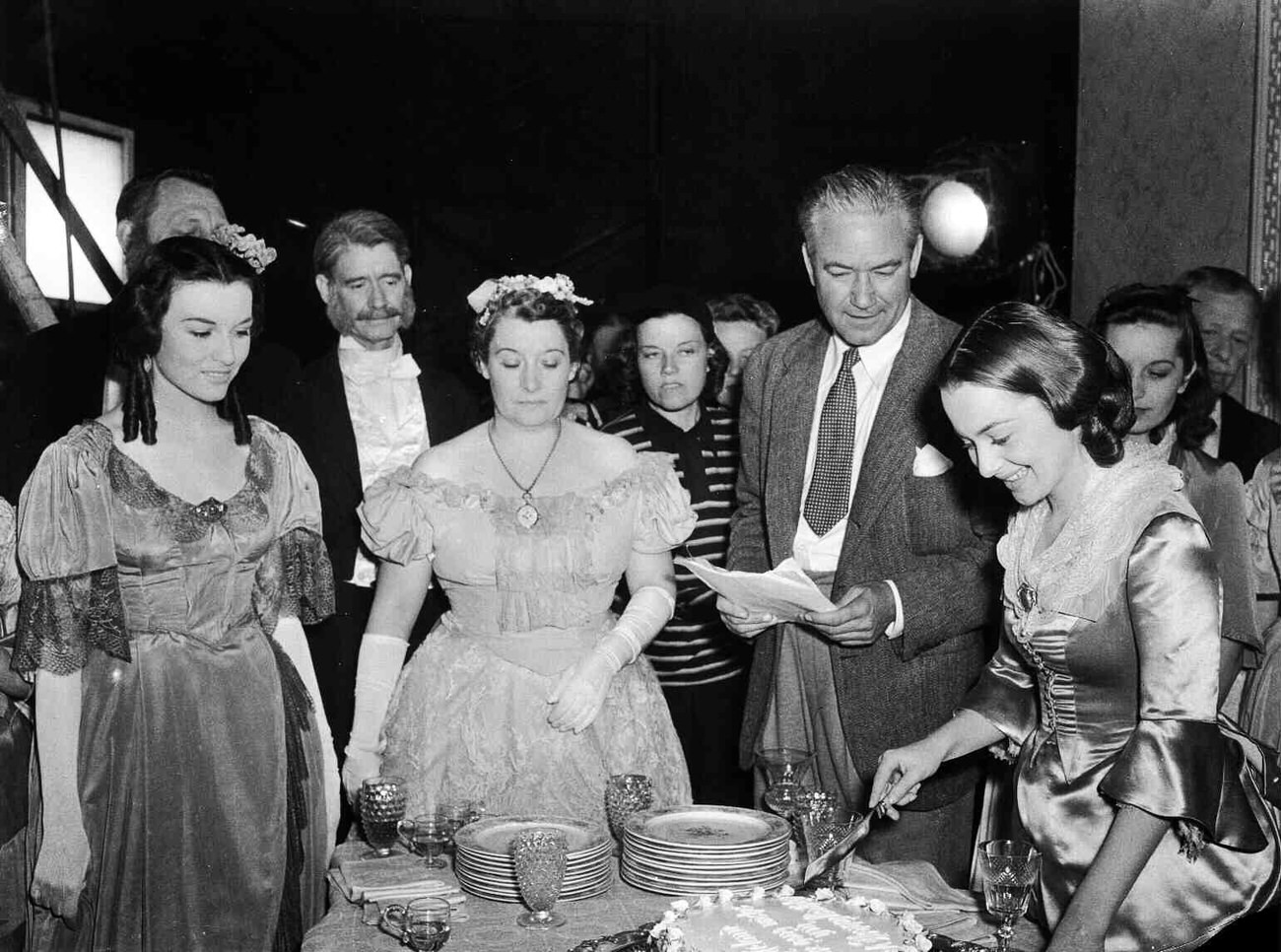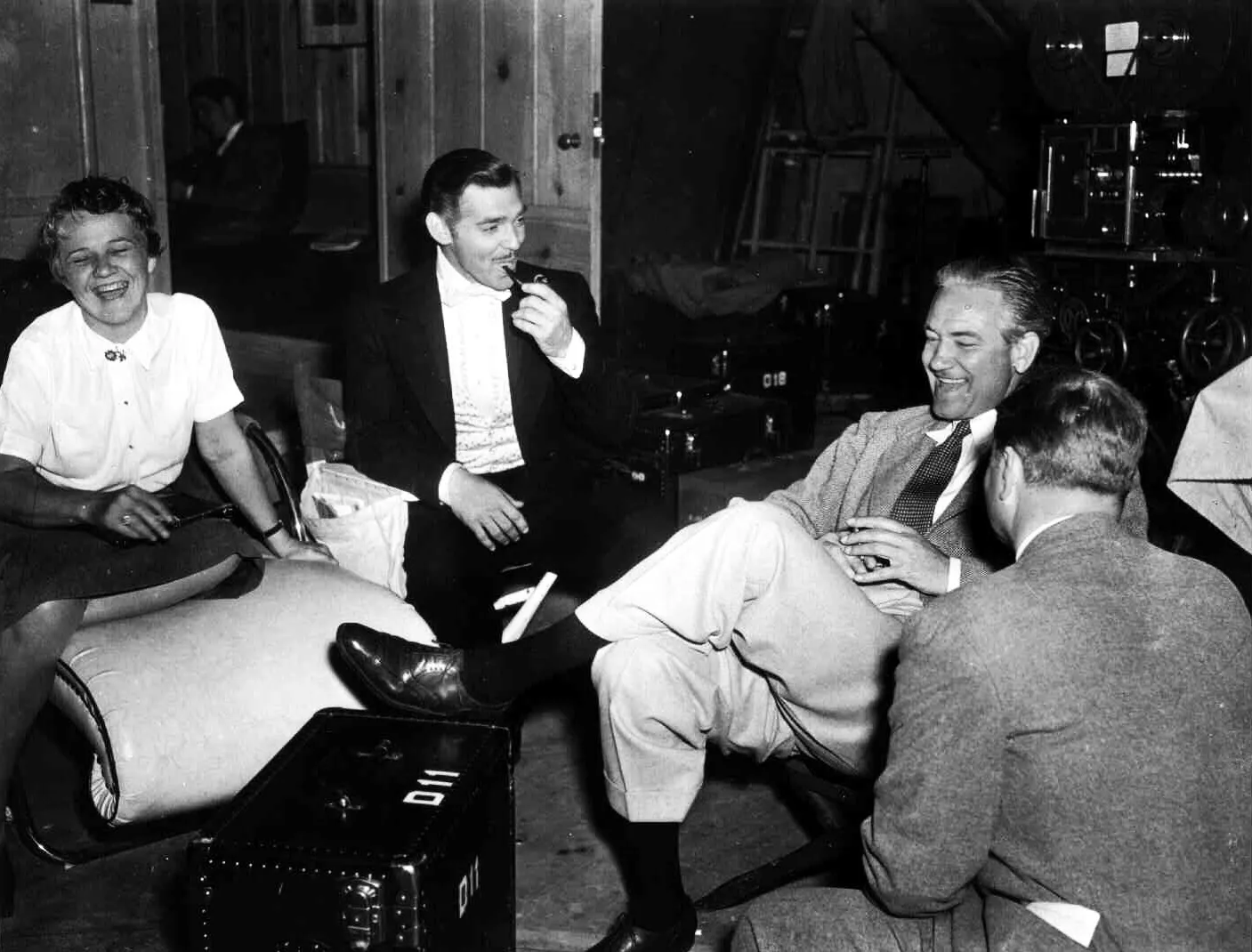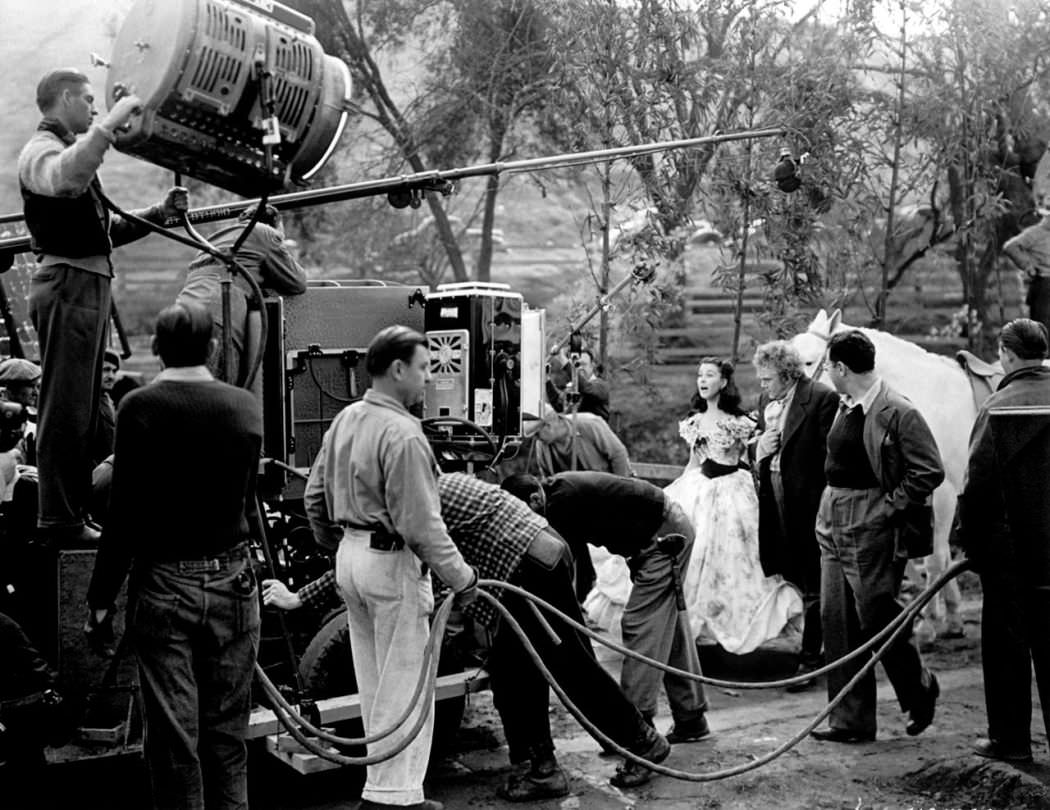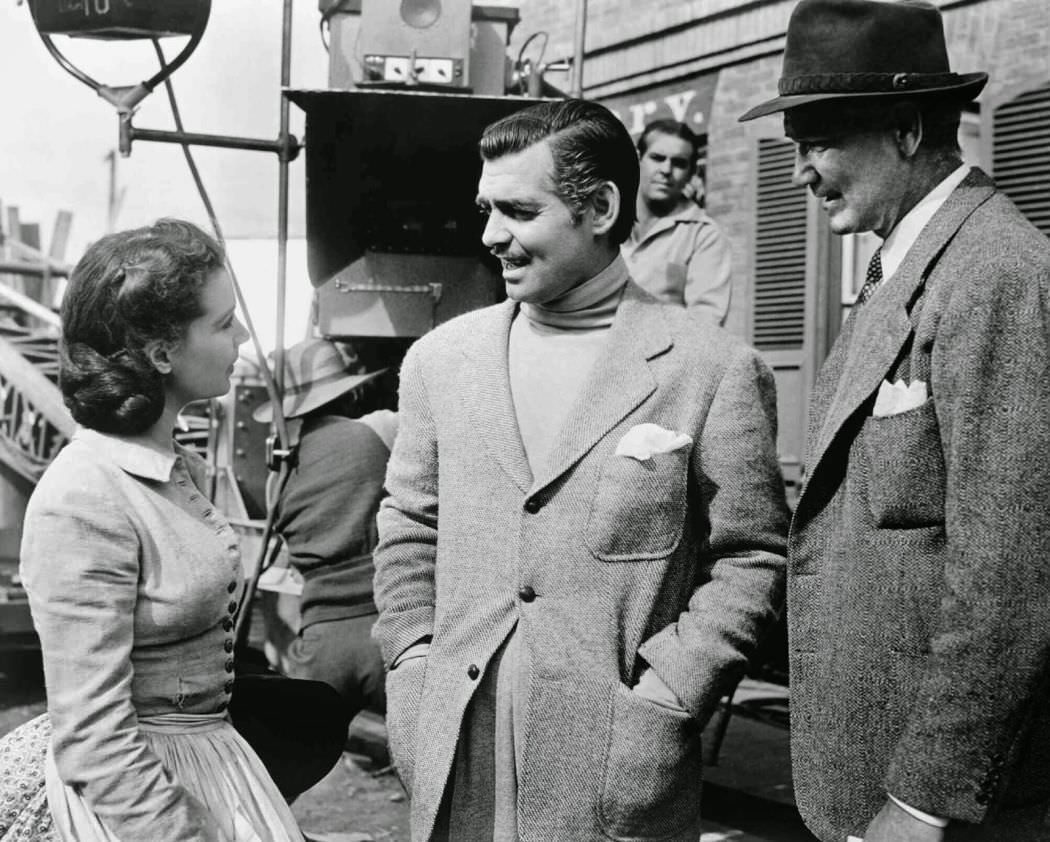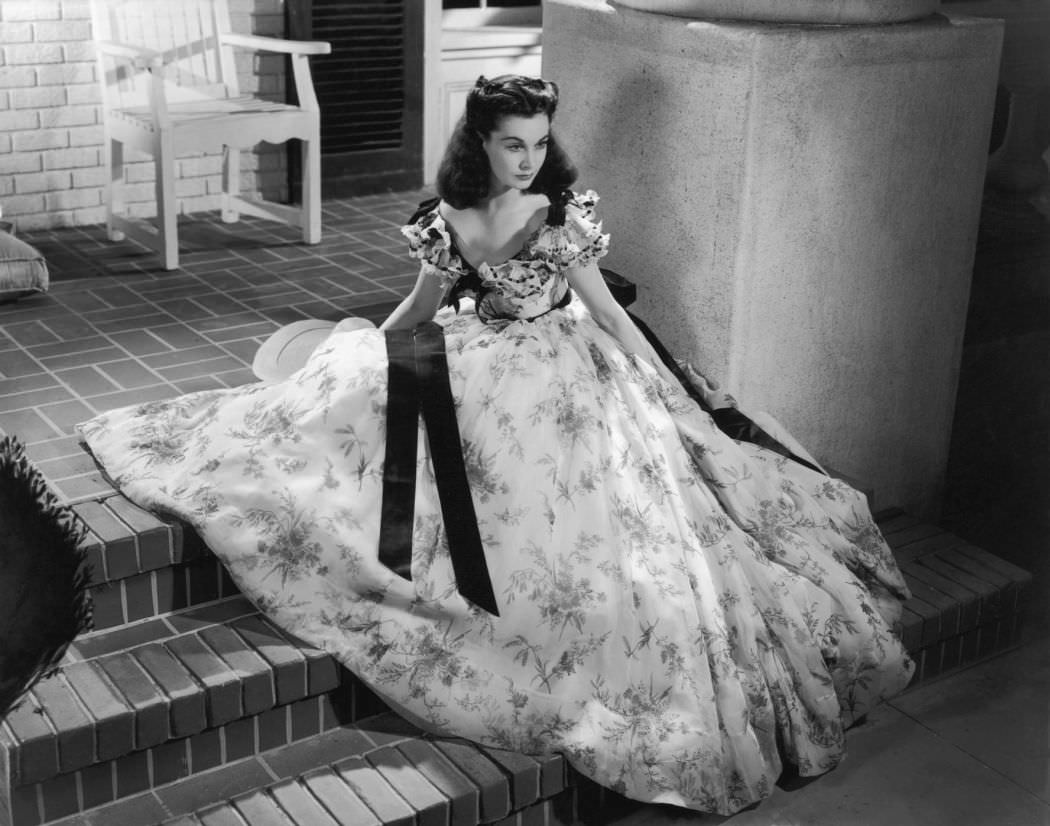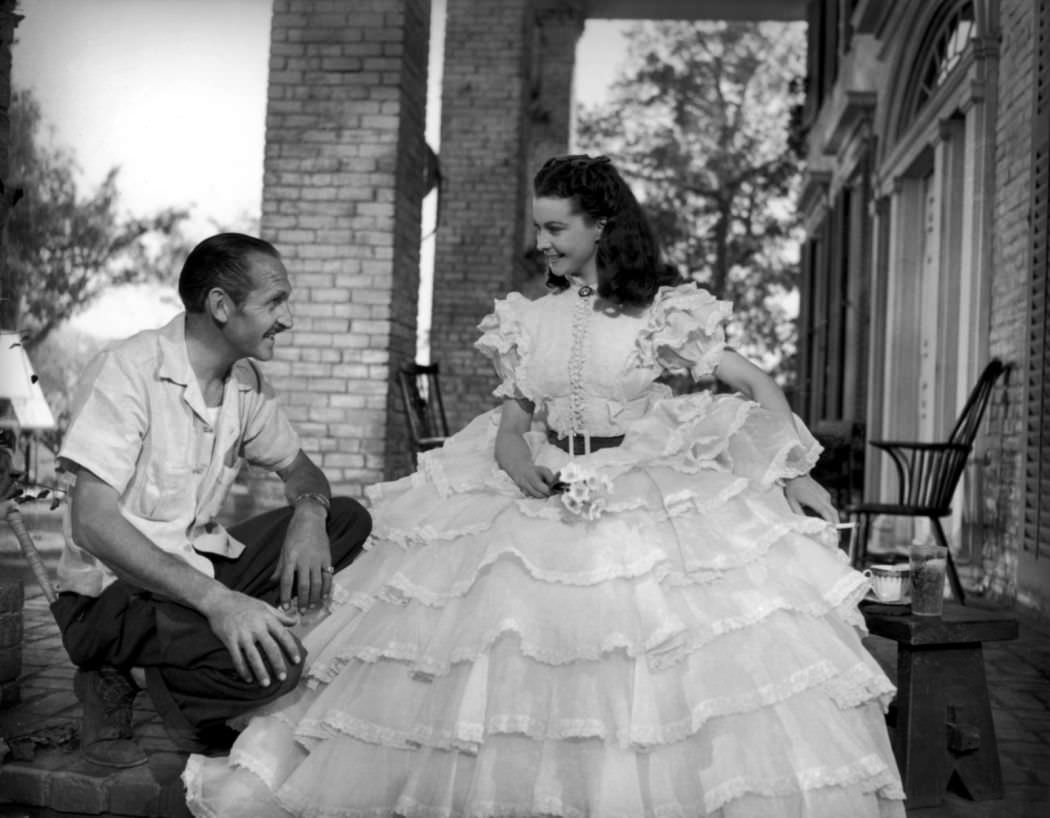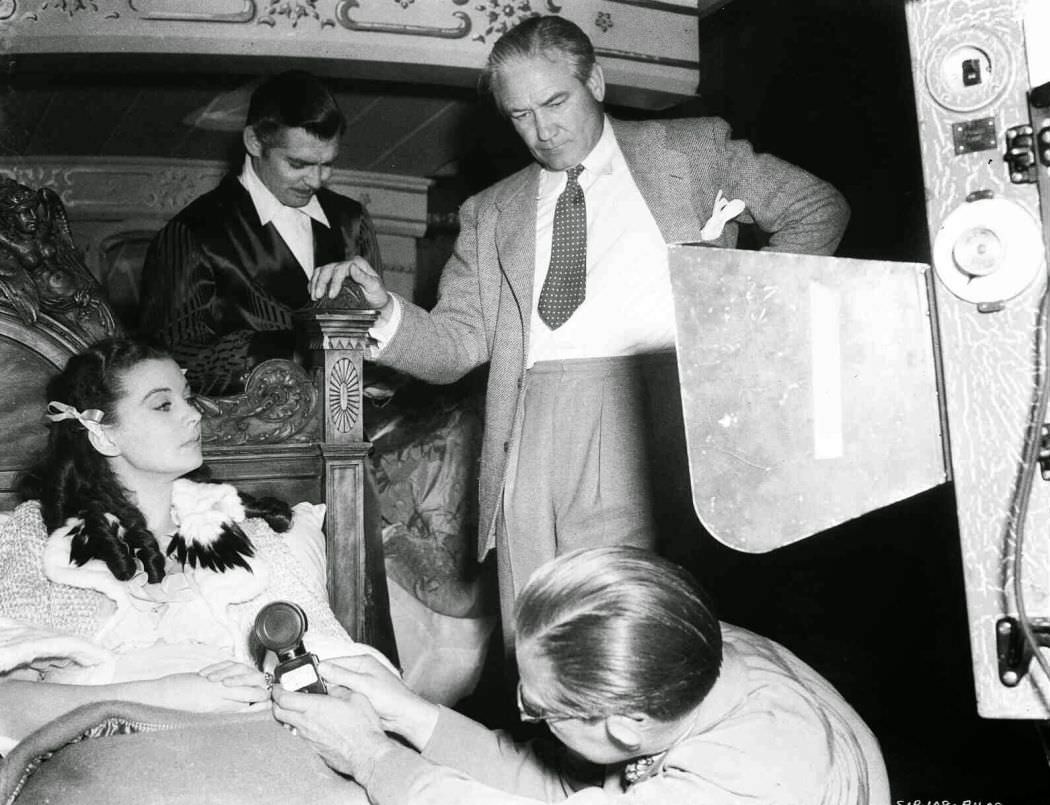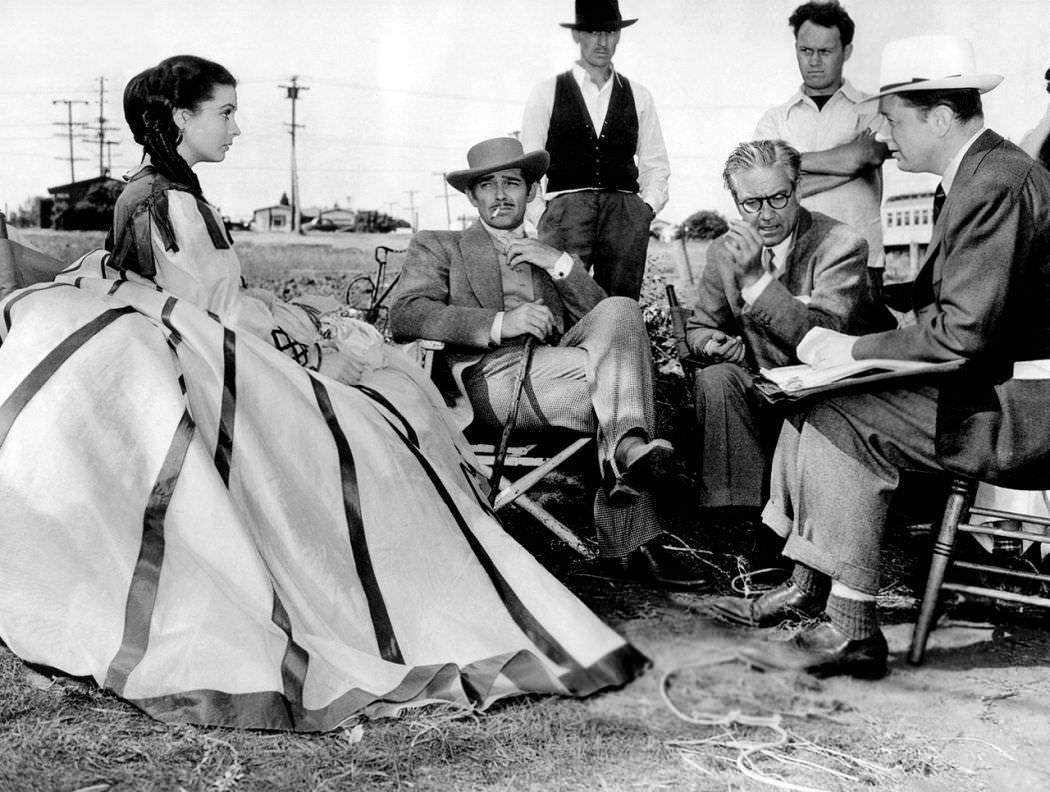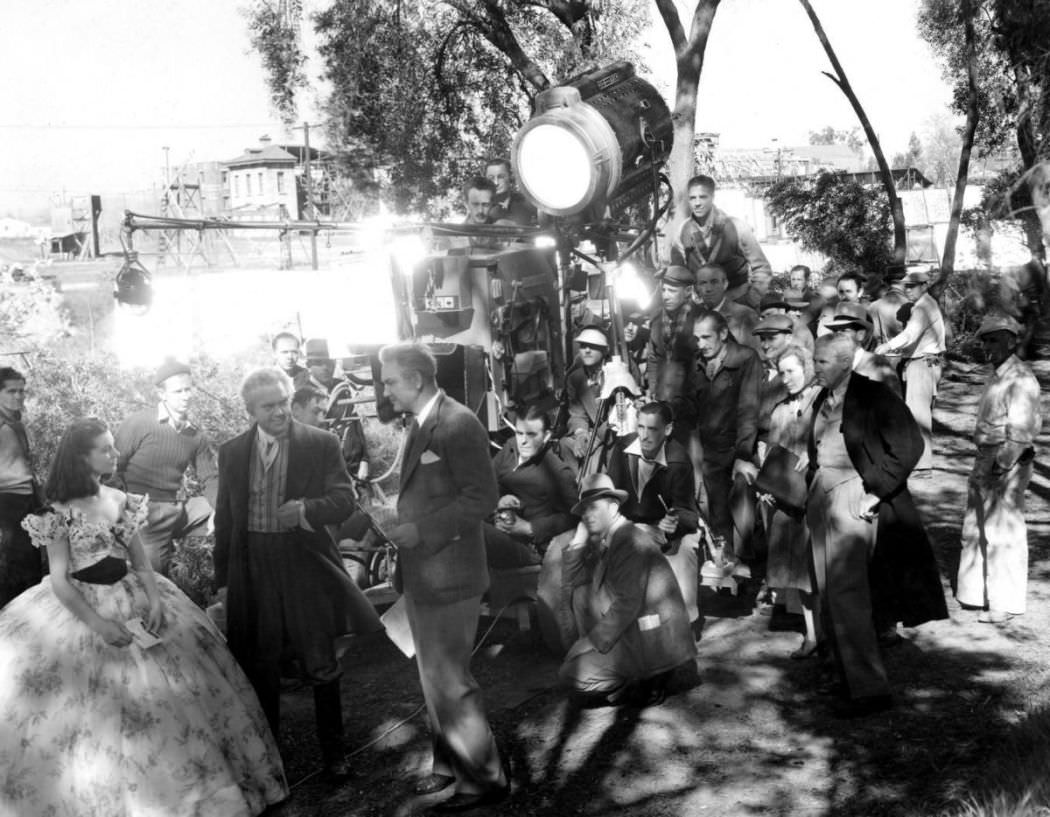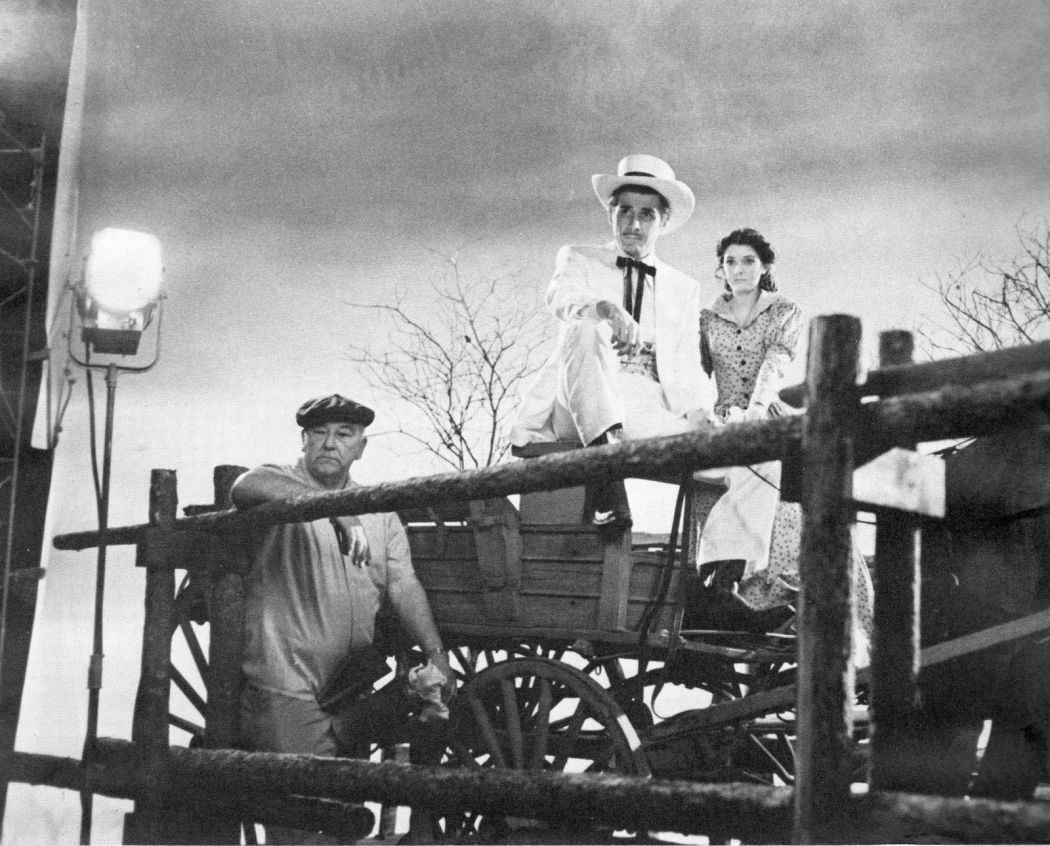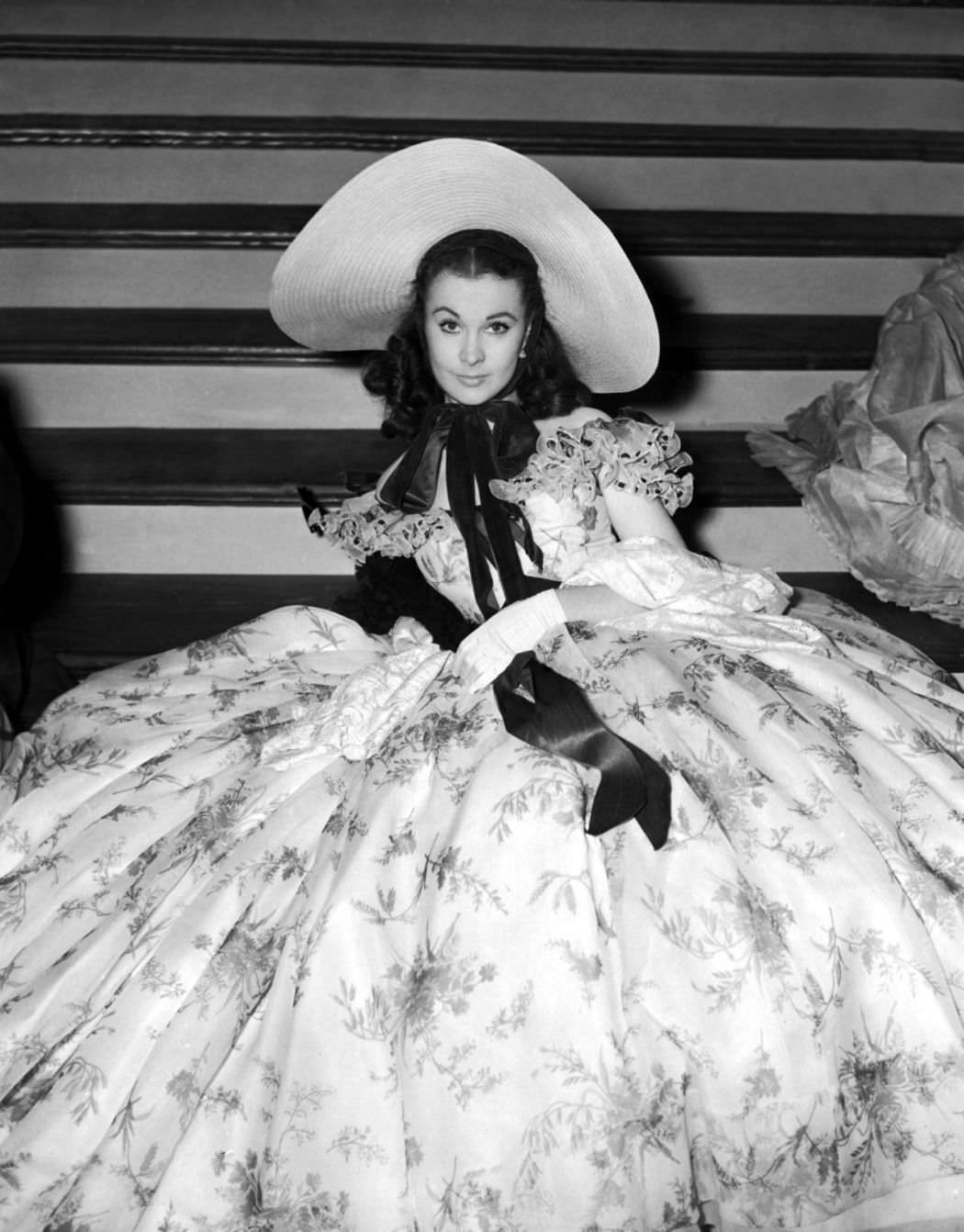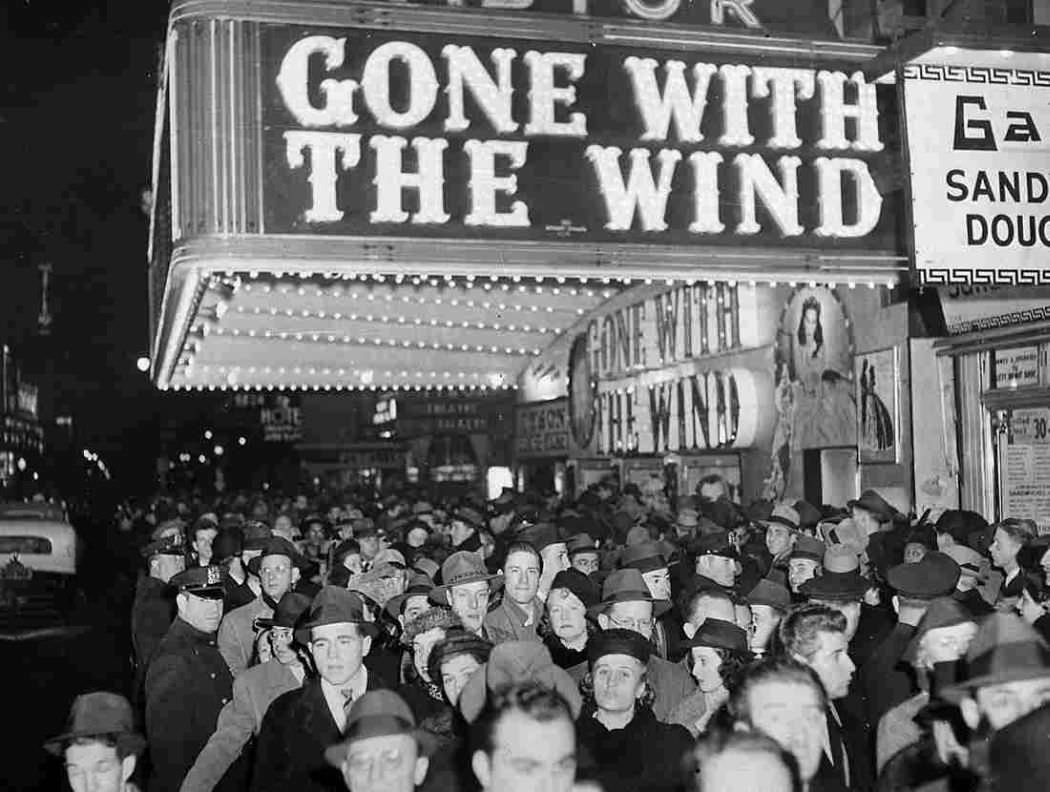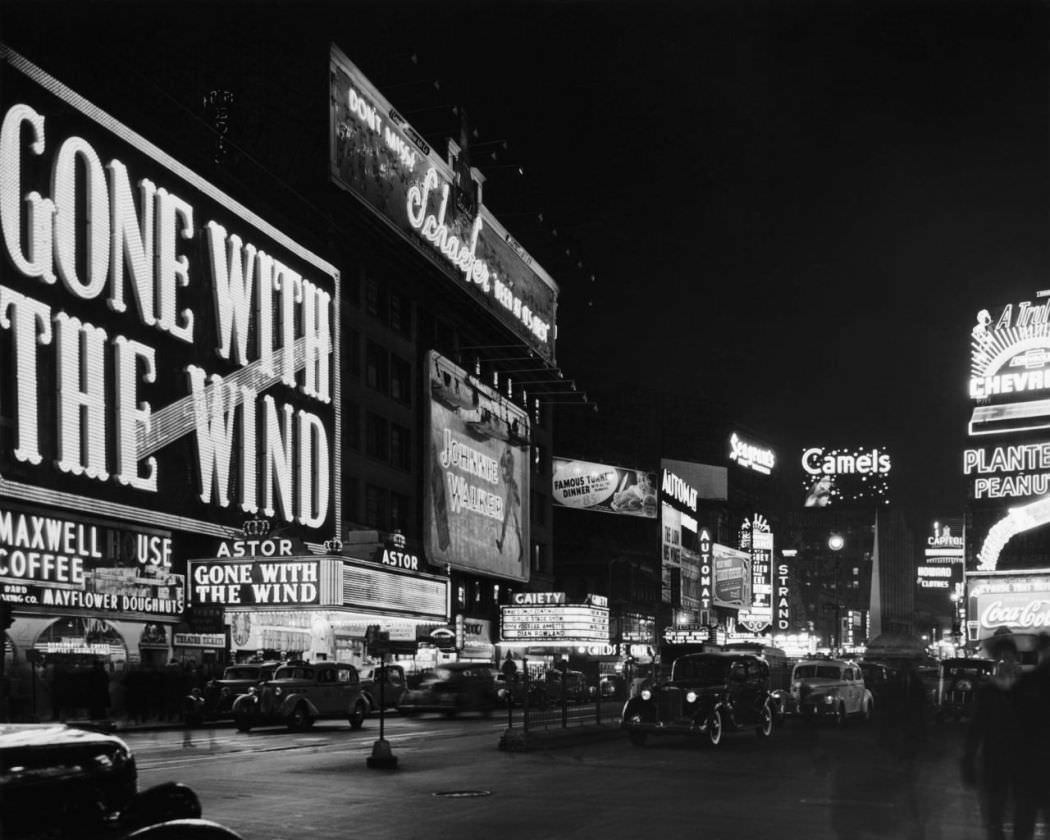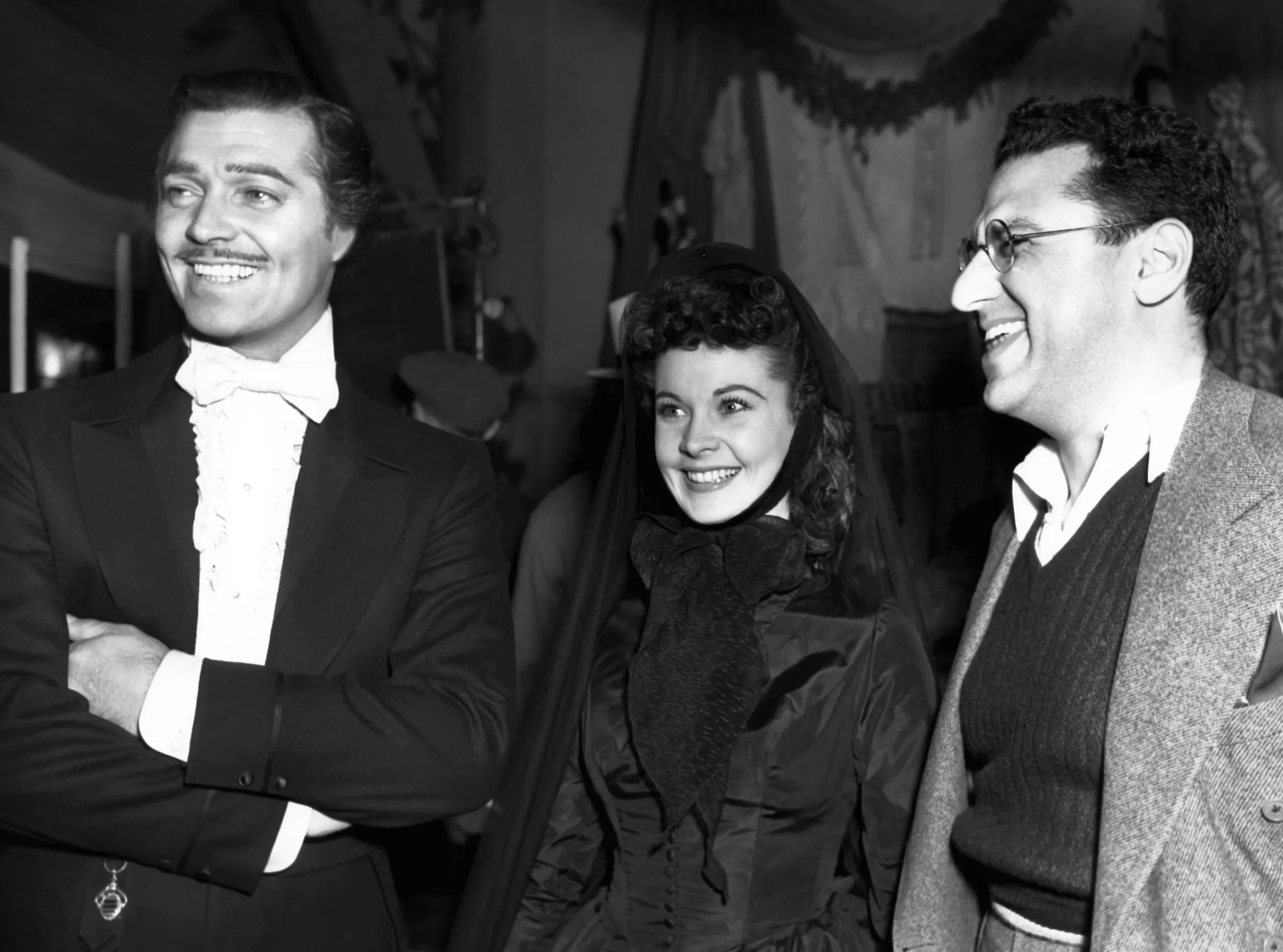‘Gone with the Wind’, released in 1939, remains a landmark in cinematic history. This epic Civil War drama, based on Margaret Mitchell’s bestselling novel, involved a massive production, numerous challenges, and a cast and crew dedicated to bringing this sprawling story to life. This post delves into the details of the film’s making, exploring the intricacies of its production, shooting, and behind-the-scenes stories.
The journey of ‘Gone with the Wind’ to the screen began with the publication of Mitchell’s novel in 1936. The book became an instant sensation, capturing the public’s imagination with its sweeping story of love, loss, and survival in the American South during the Civil War and Reconstruction.
David O. Selznick, a prominent film producer, quickly acquired the film rights to the novel. Selznick was known for his ambitious productions and his meticulous attention to detail. He recognized the potential of ‘Gone with the Wind’ to become a major cinematic event.
The casting of Scarlett O’Hara, the film’s central character, became a nationwide search. Selznick conducted a highly publicized talent search, testing numerous actresses for the role. This search generated immense public interest and anticipation. Vivien Leigh, a British actress, eventually won the coveted role of Scarlett. While she was not American, her talent and screen presence convinced Selznick that she was the perfect choice. Clark Gable, a major Hollywood star, was cast as Rhett Butler. Gable was a popular choice for the role, as he embodied the charm and roguishness of the character.
Read more
The film’s screenplay went through many revisions. Several writers contributed to the script, attempting to condense the lengthy novel into a manageable screenplay. This process was complex. George Cukor was initially hired to direct the film. Cukor was known for his ability to direct actresses and for his attention to character development. However, he was later replaced by Victor Fleming.
Victor Fleming, known for directing ‘The Wizard of Oz’, took over as director during production. Fleming brought a different style to the film, emphasizing action and spectacle. The filming was a massive undertaking. It involved large sets, elaborate costumes, and a huge cast and crew. The production took place in various locations, including studios in Hollywood and on location in the South. One of the most impressive sets was the recreation of Atlanta. This set was built on a backlot and was incredibly detailed. It was used for the famous burning of Atlanta scene. It involved setting fire to old movie sets and using special effects to create the illusion of a city in flames. This scene required careful planning and execution.
The costumes for the film were also elaborate and historically accurate. They were designed to reflect the fashion of the Civil War era. This added to the film’s historical authenticity.
The film’s use of Technicolor was groundbreaking for its time. The vibrant colors enhanced the visual impact of the film and contributed to its epic scale.
Production faced numerous challenges, including budget overruns, scheduling conflicts, and creative differences. These challenges made the making of the film a long and arduous process.
The film’s length was also a significant factor. At nearly four hours long, it was one of the longest films ever made at the time. This posed challenges for both production and distribution.
The film’s premiere in Atlanta in December 1939 was a major event. It was attended by numerous celebrities and dignitaries. The film was a huge box office success. The film received widespread critical acclaim and won numerous Academy Awards, including Best Picture, Best Director, and Best Actress. It became a cultural phenomenon.


